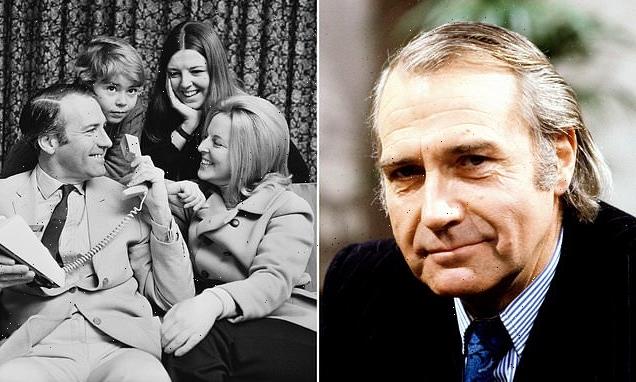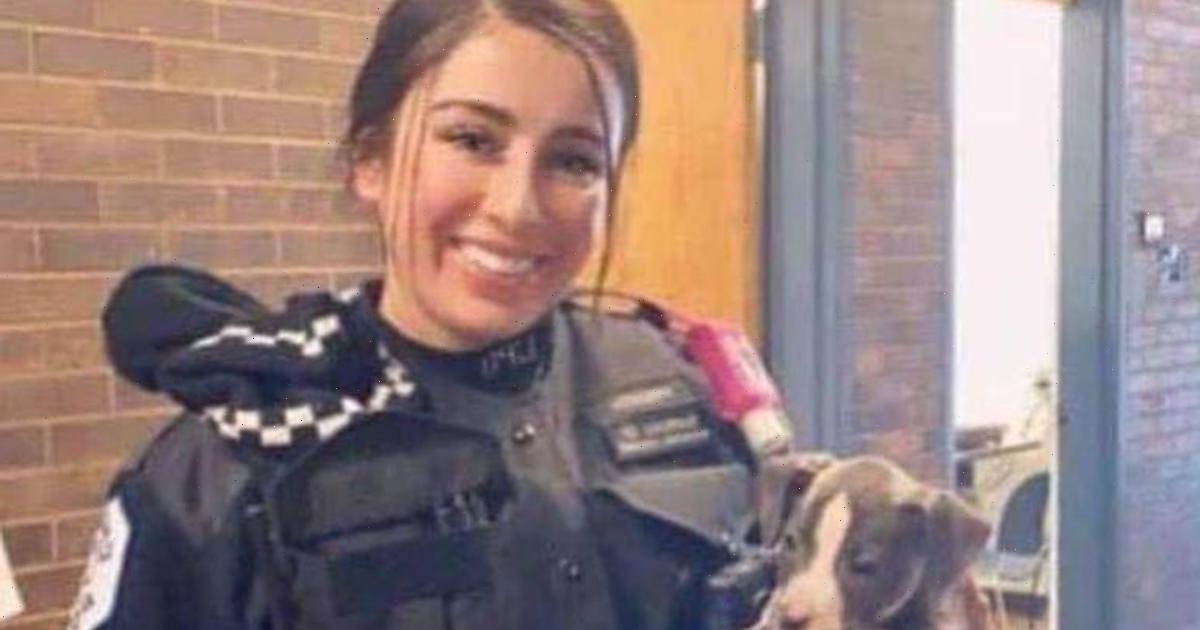After I was fully vaccinated in April, I felt like it was finally over: the pandemic, mask mandates, the looming threat of lockdowns. By mid-July, I was so confident that things were safer, I booked a flight to visit an old college friend in Seattle, my sole mini-vacay this summer.
My cousin, who drove me to the airport, warned me that she’d been sick a few days. I put on my face mask as I rode with her but at the time thought it was only a summer cold. A week later, I was back home in Alabama where my brother said he couldn’t hug me because he caught whatever my cousin had.
A week after that, my mother fell ill. That was when I first heard the ominous words: breakthrough case. My mother speculated that she had a breakthrough case of delta, a highly contagious COVID-19 variant that’s surging across much of the country right now, especially here in the Deep South.
Impossible, I thought. Every member of my immediate family had been vaccinated months before: my brother with the Johnson & Johnson vaccine, and my cousin, my mother and me with Pfizer.
Yes, we live in central Alabama, the heart of the delta variant uptick, a state where it’s been common throughout the whole pandemic to see numbers of mask-less folks at grocery stores and restaurants. Yet I didn’t think a new variant could be so strong it could infect each inoculated relative.
Then, late in the evening on July 31, I felt achy and congested.
When I awoke the next morning, I felt like I had a vise grip around my skull and my lymph nodes were slightly swollen. I was definitely ill. Even though I still doubted that I had COVID, I decided to get tested because I was planning on visiting a close friend the following day, someone who was still fighting “long-haul” symptoms from his own bout with the coronavirus.
I knew how serious this disease was. Last summer, while I was still living and working as a journalist in upstate New York, I was sick for two weeks with what I’m almost certain was coronavirus. I had chills and sweats, a high fever, congestion and a headache that lasted days, all the telltale symptoms except, interestingly, a loss of smell or taste.
While I was still symptomatic last year, I drove to a local testing site that said a nurse or volunteer would administer the test for me. However, I ended up having to swab my own nose and, knowing what I know now, I’m positive I didn’t do a good enough job.
A week later, my results came back negative, even though I was still quarantining at home, still burning with icy fever and floating through a kind of mental fog that could best be described as hallucinatory.
This time last year, COVID testing was still notoriously unreliable. News stories of multiple false negatives before a positive test were common. If what I had last June was indeed the virus that’s shuttered the globe and killed millions, then I can easily say it was the worst sickness I’ve ever had.
Though I made a full recovery last year, the virus took everything else from me. I had a good life in New York’s Capital Region working as a writer for a local magazine and, as a side hustle, teaching guitar and ukulele.
Because of the pandemic, I lost my writing gig and the music academy where I taught closed its doors for good. Four years of working and living in the Empire State were washed away after just four months of the coronavirus.
Like so many others over the course of this crazy pandemic, I moved back home. I wanted to be closer to my family, and I thought I would be safer out in the country. I was wrong.
Alabama is probably the worst spot to get infected with the coronavirus right now, especially if you’re uninsured like me. Not only is it one of the least vaccinated states in the country, not only is the delta variant raging out of control here (our neighbor Florida has been reporting record numbers of new daily infections), but Alabama Gov. Kay Ivey has refused for years to expand Medicaid in the state.
Some 235,000 to 324,000 Alabamians would gain access to Medicaid if only the governor would accept federal funding to expand the program. (It needs to be noted that the federal government even pays for 90% of this expansion.)
I soon learned that Alabama also doesn’t prioritize free or accessible COVID-19 testing. Even though I live just a half-hour north of Birmingham (Alabama’s largest city), I couldn’t find a site that offered free testing anymore. Even the University of Alabama at Birmingham, which has one of the largest academic medical research centers in the country, stopped its free community testing in early July.
My only options were a $20 at-home test from Walmart, a $50 test done at a local pharmacy, or a visit to a doctor’s office, which would have cost me several hundred dollars out of pocket. I went with the cheapest option, surprised to find that Walmart’s kit included two tests and results within 15 minutes.
The at-home test was easy to follow: a nasal swab plus drops of solution onto a test strip. The test received Food and Drug Administration emergency use authorization for self-testing, but it doesn’t meet the Centers for Disease Control and Prevention’s requirements when returning from a trip abroad.
Furthermore, as compared to free curbside testing a few months ago, I had to walk into a store full of people, potentially spreading the virus, to purchase this test. I wore a mask, but I still felt uneasy walking through a Supercenter overflowing with people (some masked, some not).
Back at home, I swirled the uncomfortable nose swab for 15 seconds in each nostril. After waiting 15 minutes, I saw that my test was definitely positive.
At first, I couldn’t believe it. My immunizations had made me feel truly immune. I reread all the instructions in the kit about what to do if I had it. Incredibly, there was no option to report or track my results. The instructions said only that I should contact a doctor (or call my nonexistent health care provider) to report that I had tested positive.
But paying money for a doctor’s visit while contagious to report that I had COVID-19 didn’t make sense. Instead, I notified everyone I had close contact with in the past days and went into a 10-day quarantine, what the CDC recommended for breakthrough cases and unvaccinated folks alike.
As I write this now, I’m midway through my quarantine, still symptomatic and contagious. At first, I was worried that my condition would worsen, but it hasn’t been too bad so far, like a persistent summer cold.
The at-home kit recommended retesting after three days. I waited until Day 5 and tested positive again, which could be a detection of dead virus particles since, according to the CDC, COVID is rarely detectable via the test after six days.
Slowly, I’m feeling better, although the brain fog, the inability to latch onto a chain of thought long enough to get my day started or get some serious work done, has been the most worrisome.
So far, my other symptoms have included a general achiness and grogginess, head and chest congestion, headaches and, in the first few days, a lot of sneezing. And, just like when I was sick last summer, I haven’t lost my sense of smell or taste, which only reaffirms my belief that I previously had coronavirus.
Thanks to the vaccine, none of my symptoms have been severe, and they weren’t serious for any of my family members either. In fact, my brother, mother and cousin all seemed to make a full recovery within one to two weeks. But if the delta variant infected my whole family, it suggests that we still need to keep masking up in public, maintaining social distance and being cautious socially.
The federal government only keeps track of these breakthrough cases if they result in death or hospitalization. In fact, the CDC hasn’t been tracking mild breakthroughs since May. That means the number of breakthrough cases throughout the country, the true number of infected people, is likely much higher.
To think just three weeks ago I flew on an airplane, happily went out to restaurants and bars with my colleagues in Seattle, comfortable enough to sometimes unmask in public. But did I infect more people? Did I feed the deadly surge of this delta variant?
I feel guilty, but I also feel greatly misled. Our leaders told us vaccinated people could go out in public again without their masks. They told us we would be safe, that others would be safe. That turned out to be false.
None of this should be a surprise to me or to the experts. This is what viruses do: They spread, they evolve, they spread some more. And I’m not knocking the vaccines. Those who haven’t been vaccinated should do so immediately.
Even if you still catch COVID, as I did, it will likely mitigate the symptoms, and it may reduce the spread to others. I’m very grateful for the vaccine, grateful that it protected my family from the worst that COVID can bring.
Yet, if we’re looking at the current infection rates across the country ― which are as bad as they were during this year’s fatal winter surge or in some cases even worse ― then we as a nation need to recognize that just saying “get vaccinated” isn’t going to make the current COVID spike go away tomorrow.
Tens of millions of inoculations will take weeks to administer and weeks more to take effect. The delta variant is here, and allowing it to spread nearly unabated could create new, potentially more virulent versions of the virus, which (lest we forget) is how this highly contagious variant came to be in the first place.
However inconvenient the timing is, the Biden administration and governors need to recognize that the hard numbers are against us right now. It’s time to mask up again and consider partial, regional or full lockdowns. This would save lives, and we’re not just talking about protecting obstinate anti-vaxxers.
At risk are also immunocompromised people (who aren’t as protected even with vaccines), a growing number of children who are contracting severe COVID and folks with legitimate health conditions who couldn’t get the vaccine.
I understand that people are tired of the masks, of isolation, of the confusion and ever-changing information surrounding the virus. Like most Americans, I’ve been inside, both physically and psychologically, for almost a solid year and a half now.
However, we are making progress against this threat. Without inoculations, my symptoms could have been much worse — my 64-year-old mother with asthma could have been seriously affected or, well, I don’t want to imagine what else could have happened.
We’re not through this mess yet, but we’re getting there. Listen to this COVID-sick voice from quarantine: Get vaccinated, keep masking up, and stay safe.
Do you have a compelling personal story you’d like to see published on HuffPost? Find out what we’re looking for here and send us a pitch.
RELATED…
Related
Trending
Source: Read Full Article





